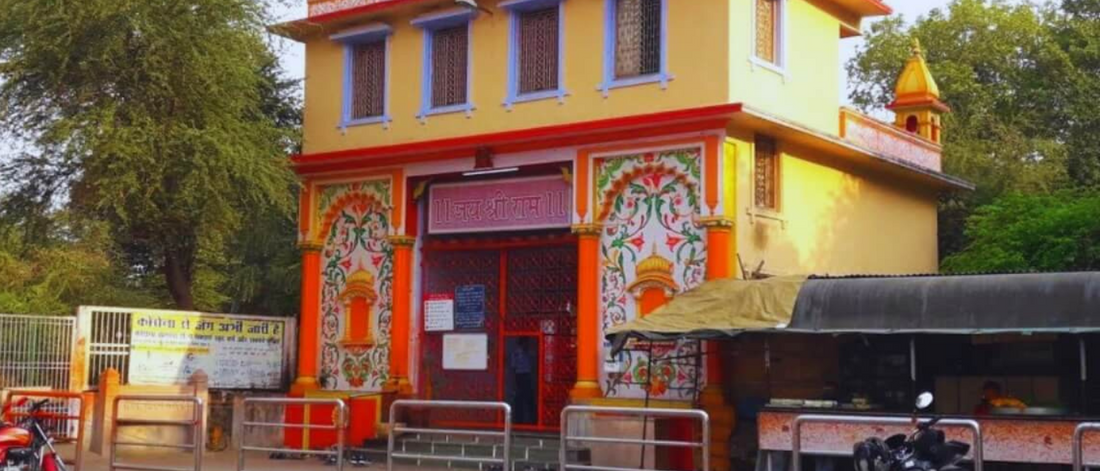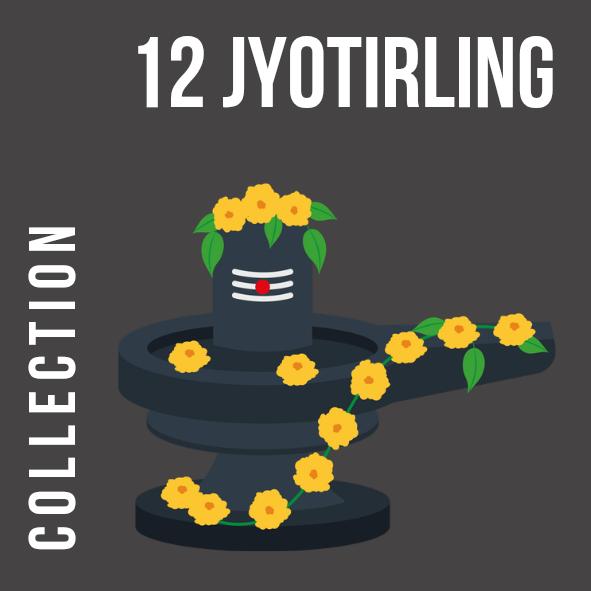
Finding Strength in Devotion: The Sacred Serenity of Sankat Mochan Hanuman Temple
Share
A Divine Sanctuary of Hanuman’s Blessings
Sankat Mochan Hanuman Temple, Varanasi’s oldest shrine to Lord Hanuman, is a serene haven where devotees seek strength and obstacle removal in Sanatan Dharma. Nestled amidst lush trees near Lanka, the temple radiates tranquility, with Hanuman’s idol exuding divine power.
Devotees offer marigold garlands and chant the Hanuman Chalisa, their voices blending with the rustling leaves, creating a sacred atmosphere. The temple, a spiritual refuge, draws pilgrims who believe Hanuman’s blessings can dispel their troubles, earning its name “Sankat Mochan” (remover of afflictions). Visiting this sacred space is a journey of faith, where the divine energy of Hanuman, the devoted follower of Lord Rama, inspires courage and resilience in every heart.
A Historical Beacon of Devotion
The Sankat Mochan Hanuman Temple traces its origins to the 16th century, founded by the revered poet-saint Tulsidas, who envisioned Hanuman here while composing the Ramcharitmanas, as noted in the card’s description. Historical accounts confirm Tulsidas’ deep connection to the site, where he sought Hanuman’s blessings during his time in Varanasi, making it a significant landmark in Hindu literary and spiritual history.
Over the centuries, the temple has grown as a center of devotion, with its simple yet sacred architecture reflecting the humility of Hanuman’s service to Rama. Annual celebrations like Hanuman Jayanti have solidified its status, drawing thousands to honor the deity, making it a cornerstone of Varanasi’s spiritual heritage.
The Spiritual Power of Hanuman
Sankat Mochan Hanuman Temple holds profound spiritual significance in Sanatan Dharma, revered as a place where Hanuman’s divine presence removes obstacles and grants strength. Devotees believe that sincere prayers here, especially chanting the Hanuman Chalisa, can dispel fears and troubles, reflecting Hanuman’s role as a protector and loyal devotee of Rama.
Many hold that the temple’s sanctity stems from Tulsidas’ divine vision, infusing the space with Hanuman’s blessings for those who seek with a pure heart. According to Vedic astrology, Hanuman also mitigates the ill effects of planets like Shani (Saturn) and Mangal (Mars), drawing pilgrims seeking remedies. The temple’s peaceful ambiance offers a sacred space for inner courage and solace.
The Sacred Lal Peda and Betel Leaves Offering
At Sankat Mochan Hanuman Temple, devotees offer the unique Lal Peda (Red Peda), a milk sweet available only as prasad here, alongside ghee besan laddoos. Crafted by simmering buffalo and cow milk for hours until it turns a distinct reddish hue, this centuries-old Kashi delicacy symbolizes Hanuman’s strength, with devotees believing its consumption brings divine protection.
Alongside the Lal Peda, betel leaves (paan patta) are offered, a tradition rooted in Sanatan Dharma. These leaves, symbolizing purity and devotion, are believed to please Hanuman, who is said to favor their freshness as a sign of heartfelt offering. Together, they connect pilgrims to Varanasi’s spiritual heritage.
Experiencing the Temple’s Sacred Ambiance
Visiting Sankat Mochan Hanuman Temple is a deeply calming experience, offering a respite from Varanasi’s bustling streets. Located in the Lanka area, the temple is surrounded by trees, with monkeys often seen around, adding to its charm. Inside, devotees offer betel leaves and garlands to Hanuman’s idol, their chants of the Hanuman Chalisa creating a devotional atmosphere.
Don’t miss receiving the Lal Peda prasad, a sacred token of Hanuman’s blessings. Entry is free, and the temple is open from 5:00 AM to 10:00 PM, with peak crowds during Hanuman Jayanti. Dress modestly, covering shoulders and knees, and remove shoes before entering. Join the evening aarti at 9:00 PM for a moving experience.
Connect with Varanasi’s Devotional Traditions
A visit to Sankat Mochan Hanuman Temple opens a window into Varanasi’s rich devotional practices. After offering prayers, explore nearby shops selling rudraksha beads or small Hanuman idols, reflecting the city’s heritage crafts as featured in the collection. If visiting during Hanuman Jayanti, you’ll witness vibrant celebrations, with bhajans and processions filling the air, deepening your cultural experience.
The annual Sankat Mochan Sangeet Samaroh in April, a classical music and dance festival, offers a unique blend of spirituality and art, attracting performers from across India. Pair your visit with a trip to the nearby Tulsi Manas Temple, about 2 km away, to explore Tulsidas’ legacy further, enriching your spiritual journey.
Plan Your Visit to Sankat Mochan
Sankat Mochan Hanuman Temple is in southern Varanasi’s Lanka area, a 15-minute auto-rickshaw ride from Dashashwamedh Ghat (around ₹100-150). The temple is open daily from 5:00 AM to 10:00 PM, with the evening aarti at 9:00 PM being a highlight. Entry is free, but it can get crowded during festivals, so plan accordingly. Photography inside the main shrine is restricted, so be respectful.
Wear comfortable shoes for the short walk from the main road, and keep belongings secure. Use the Varanasi Sacred Seekers Series cards to plan your itinerary, pairing this visit with other sacred sites like Tulsi Manas Temple for a deeper dive into Varanasi’s spiritual heritage.



